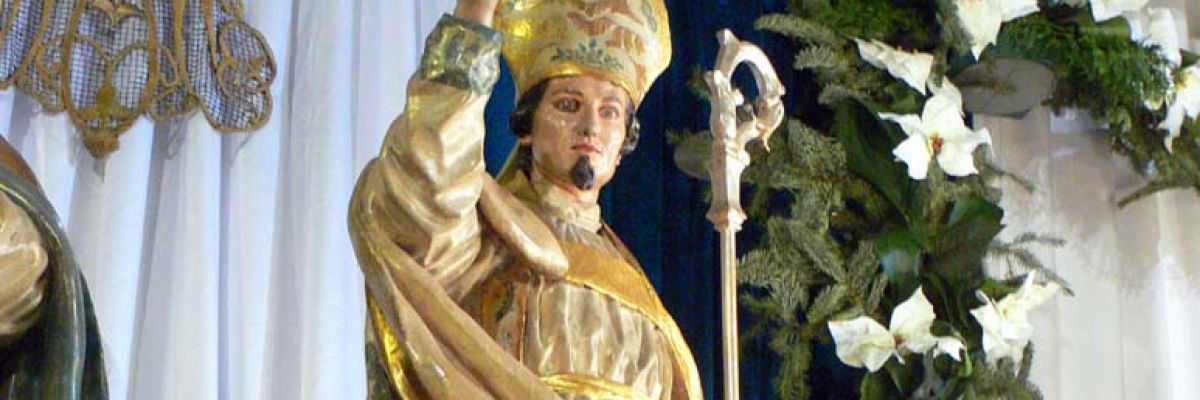

Fulgentius, Saint, Bishop of Ecija (Astigi), in Spain, at the beginning of the seventh century. Like his brothers Leander and Isidore, two holy Archbishops of Seville, of whom the first was older and the second younger than Fulgentius, he consecrated himself to the service of the Church. A sister of the three was Saint Florentina (q.v.). Their father Severianus lived at first in Cartagena; he was a Roman, and, according to later though doubtful information, an imperial prefect. Exact data regarding the life of Fulgentius are wanting, as he is mentioned only occasionally in contemporary sources. Leander, in his “Libellus” on the religious life written for his sister Florentina, states that he has sent Fulgentius back to his native town of Cartagena, which he now regrets as he fears that harm may befall him, and he requests Florentina to pray for him. What the danger was to which Fulgentius was exposed we have no means of knowing. Probably through the influence of Leander, who was made Archbishop of Seville in the year 584 and who played an important part in the affairs of the Visigothic kingdom, Fulgentius became Bishop of Astigi (Ecija), in the ecclesiastical province of Seville. As Leander died in 600 and Pegasius is shown to have still been Bishop of Ecija in 590, we may safely assume that Fulgentius was chosen bishop between 590 and 600; at all events, he already occupied the see in 610. Isidore, who succeeded to the Archbishopric of Seville upon the death of his brother Leander, dedicated to Fulgentius, “his lord, the servant of God“, his work on the offices of the Church, “De ecclesiasticis officiis”. In fact it was at the solicitation of Fulgentius that he wrote this account of the origin and authors of the Church services, i.e., of the Liturgy.
At the second synod of Seville (619), for which Isidore had assembled the bishops of the province of Baetica, a controversy between the Bishop of Astigi and the Bishop of Cordova regarding a church which was claimed by each as belonging to a parish in his diocese was brought up for settlement; a commission was appointed, and it was declared that thirty years’ undisturbed possession should constitute a legal title. Fulgentius attended the synod in person, his name being found among the signatures to the Acts of the council. This is the last event in the life of Fulgentius for which we have a positive proof. In any case he died before the year 633, as one Marcianus is shown to have then been Bishop of Astigi. Fulgentius, like his sister and brothers, was reverenced as a saint. In Spain his feast was celebrated on different days; in the “Acta Sanctorum” of the Bollandists it is on January 14. He is frequently confused in medieval writings with Fulgentius, Bishop of Ruspe; some works have also been attributed to him, of which, however, no traces remain. It is said that long after their deaths the bones of St. Fulgentius and those of his sister, St. Florentina, were carried for safety into the Sierra de Guadalupe, and that in the fourteenth century they were found in the village of Berzocana in those mountains.
J. F. KIRSCH
Photo by Nanosanchez


